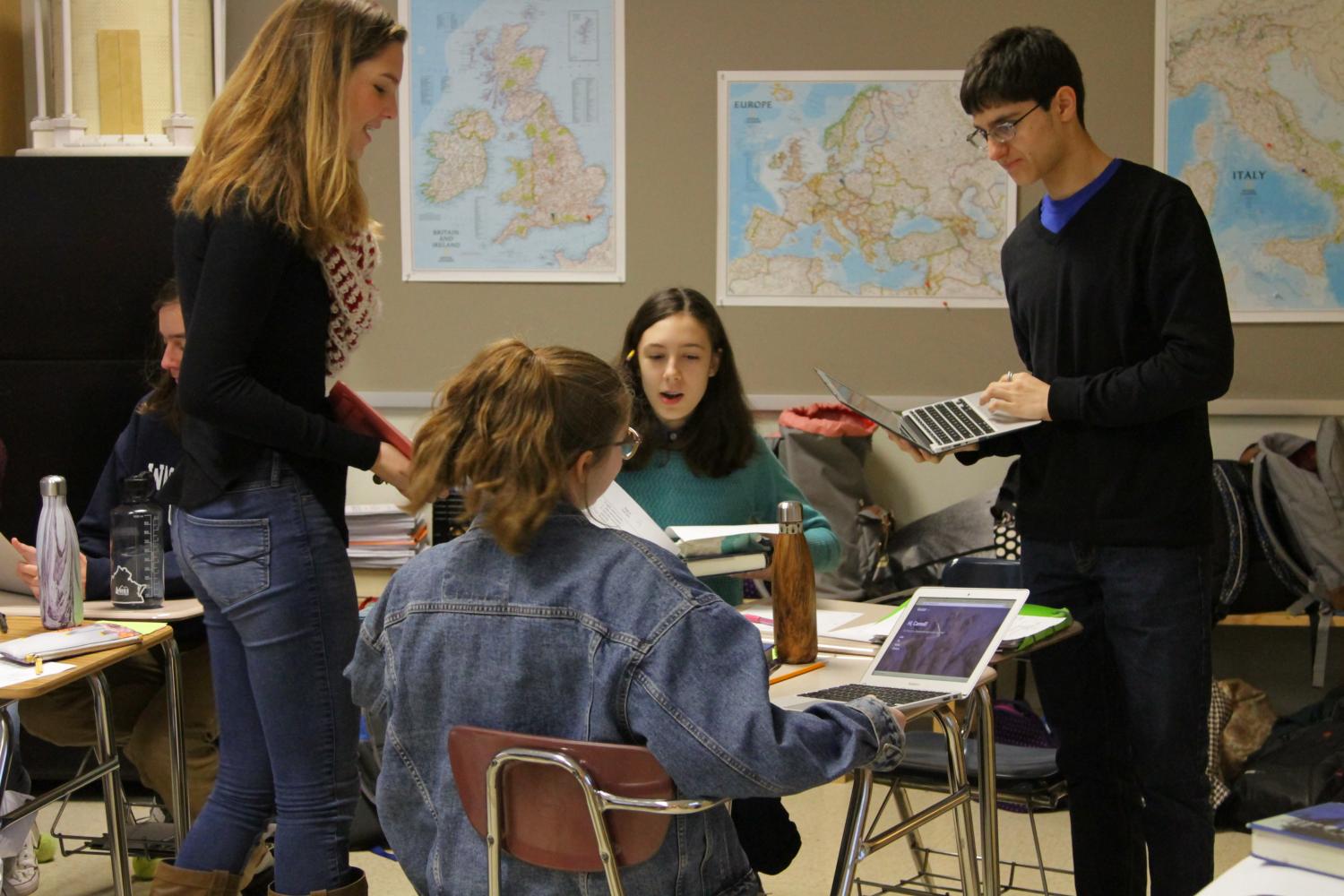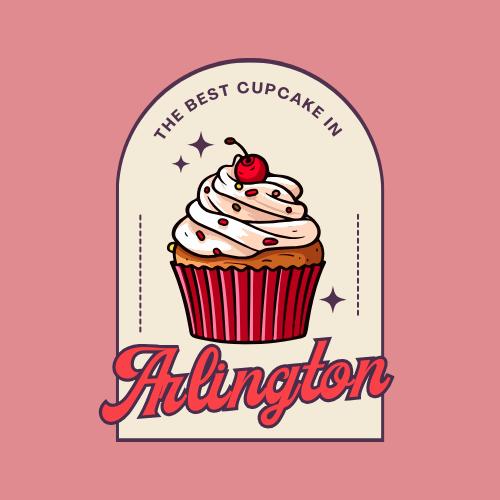Debate over year-round school
When faced with the issue of overcrowding, many school systems and even individual institutions, such as Barcroft Elementary School in Arlington County, have turned to a year-round or modified academic schedule. Arlington Public Schools (APS) has been considering all options, including year-round schedules, regarding ways to reduce overcrowding in the county. “Some of the possibilities that have been used by other school systems include: early college, year-round school, high school redesign and innovation, blended learning and use of nontraditional spaces that might be available, such as office buildings,” the superintendent’s office said.
According to the California Department of Education, one type of year-round program, called multi-tracking, allows schools to increase their capacity by cycling groups of students: when some groups are in class, another is on vacation, and when the group returns, a different group gets to go on break.
When families are deciding whether or not to send their children to these programs, it is important to weigh both the positives and negatives. “I think year-round schools can be advantageous, because students won’t forget what they’re learning over long breaks,” freshman Emma Holm-Olsen said. “However there is nothing to look forward to, like summer break, eventually leading to students burning out from the excessive work.”
Fans of year-round schooling say that it helps prevent the “summer slide,” a common name for when students forget over the summer what they had learned the previous year in school. According to the National Education Association (NEA), the shorter but more frequent breaks are supposed to give students time off when they need it but also get them back to school before they forget what they had learned. Many school systems also claim that year-round programs put the facilities to better use, because schools tend to sit empty over summer breaks. Multi-track schools also help with overcrowding, because part of the student body is on break most, if not all, of the time, making room for more students. “One of the greatest benefits is that there isn’t a break in education, so that students aren’t forgetting things over the summer,” Director of Counseling Ms. Jessica Gregory said.
However, there are many issues with year-round school programs. As stated by Scholastic, many working parents struggle to find childcare options for breaks because most camps occur during the typical 10-month program’s summer break and the nontraditional schedules could make it hard to find a babysitter. Students also miss out on the opportunity to go on summer vacations and to events like family reunions because of the schedule. This can also make it tougher for parents who may have some children in year-round school programs and others that follow the typical nine-month schedule, because their children would be on break at different times.
Without a summer break, students would not be able to get summer jobs, either. According to the NEA, extracurricular activities such as sports and school plays could suffer. This would be especially evident in a multi-track school, where students are at school at different times during the year. In those cases, some students could miss out on chances to be more active in their school community. Year-round programs could also make switching schools tougher on new students because of the different schedules. “When people transfer, when they come from very different systems, it can be hard to match it all up,” Ms. Gregory said.
In this situation, the negatives seem to heavily outweigh the positives. While year-round schooling could help prevent students from forgetting what they have learned over the break, summer assignments can do the same thing by keeping students’ minds engaged during time off, although the school discourages summer assignments. “Summer assignments are part of the AP and IB recommended coursework,” Principal Dr. Gregg Robertson said. “However, we do ask teachers not to assign summer assignments unless they teach AP and IB courses.”
There is no adequate replacement, however, for the experiences that students would miss out on with the altered academic schedule. Summer jobs and internships provide opportunities that can propel both students’ academic and professional careers and could introduce them to new and exciting subjects and activities. “I know that a lot of students attend really interesting summer camps and programs or have the opportunity to work at a summer job,” math teacher Mrs. Leslie Harris said. “I think these experiences are very valuable for students and provide learning that can’t happen in the classroom.”
Ultimately, it is up to families to decide whether or not a year-round program is the right fit for them. It could prevent their children from the dreaded and forgetful “summer slide,” but it could also limit their children’s experiences in activities such as clubs and sports. The absence of a long summer break means there is no chance to get a summer job, or go on a trip to a foreign country. It is a question of which program is best for the students. It should not be a decision of just academic performance, because the decision should also include the students’ experiences and what they could miss. “I think it is probably hard for families to decide if a year-round academic program is right for them because the public school system is decided for them,” Mrs. Harris said. “The other options would be private school or charter schools, which limits a family in their decision making process either with where they live or how much money they have.”













